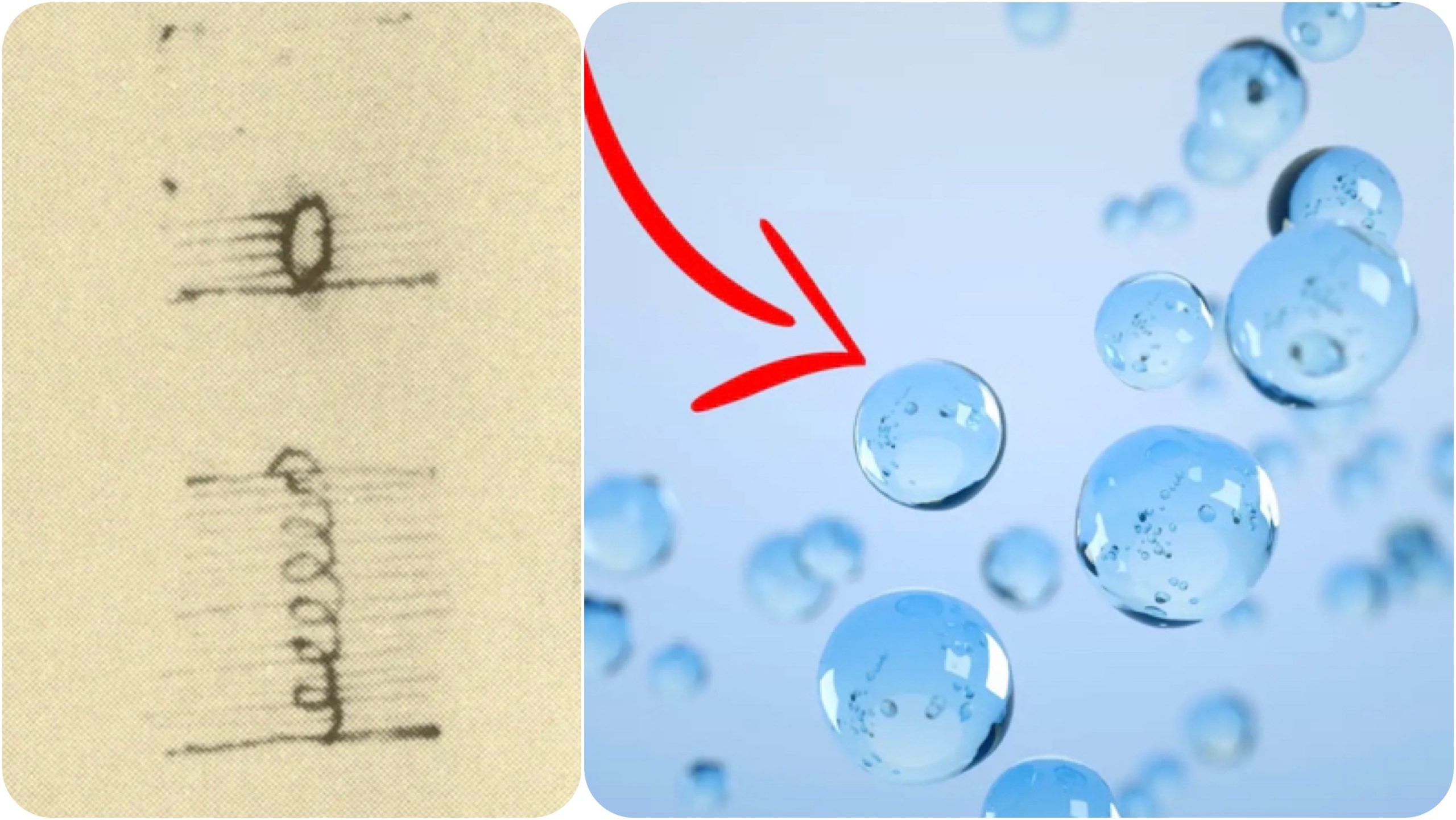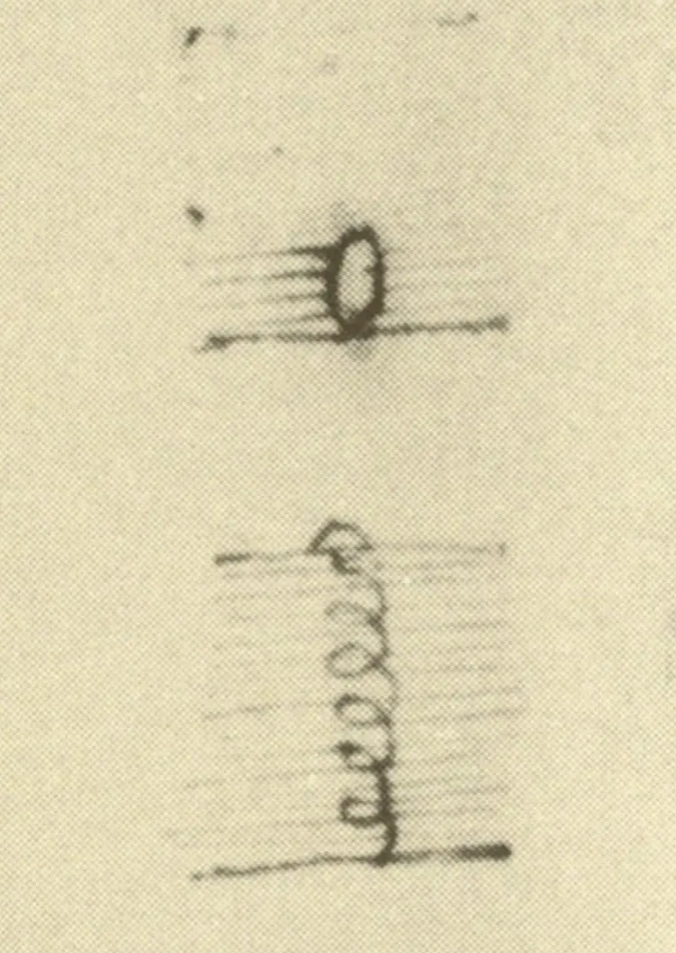Researchers from the universities of Seville and Bristol have solved the mystery surrounding the unsteady path of an air bubble rising in water

Professors Miguel Ángel Herrada of the University of Seville and Jens G. Eggers of the University of Bristol have uncovered a mechanism that explains the erratic movement of bubbles rising in water. The findings, published in the prestigious journal Proceedings of the National Academy of Sciences, could provide insights into the behavior of particles that fall between solid and gas states.

Leonardo da Vinci observed five centuries ago that air bubbles, if big enough, periodically deviate in a zigzag or spiral from a straight-line movement. However, no quantitative description of the phenomenon or physical mechanism to explain this periodic motion had ever been found.
The authors of this new paper have developed a numerical discretization technique to characterize precisely the bubble’s air-water interface, which enables them to simulate its motion and explore its stability. Their simulations closely match high-precision measurements of unsteady bubble motion and show that bubbles deviate from a straight trajectory in water when their spherical radius exceeds 0.926 millimeters, a result within 2% of experimental values obtained with ultrapure water in the 90s.
he researchers propose a mechanism for the instability of the bubble trajectory whereby periodic tilting of the bubble changes its curvature, thus affecting the upward velocity and causing a wobble in the bubble’s trajectory, tilting up the side of the bubble whose curvature has increased. Then, as the fluid moves faster and the fluid pressure falls around the high-curvature surface, the pressure imbalance returns the bubble to its original position, restarting the periodic cycle
Reference: “Path instability of an air bubble rising in water” by Miguel A. Herrada and Jens G. Eggers, 17 January 2023, Proceedings of the National Academy of Sciences.
DOI: 10.1073/pnas.2216830120
Napomena o autorskim pravima: Dozvoljeno preuzimanje sadržaja isključivo uz navođenje linka prema stranici našeg portala sa koje je sadržaj preuzet. Stavovi izraženi u ovom tekstu autorovi su i ne odražavaju nužno uredničku politiku The Balkantimes Press.
Copyright Notice: It is allowed to download the content only by providing a link to the page of our portal from which the content was downloaded. The views expressed in this text are those of the authors and do not necessarily reflect the editorial policies of The Balkantimes Press.
